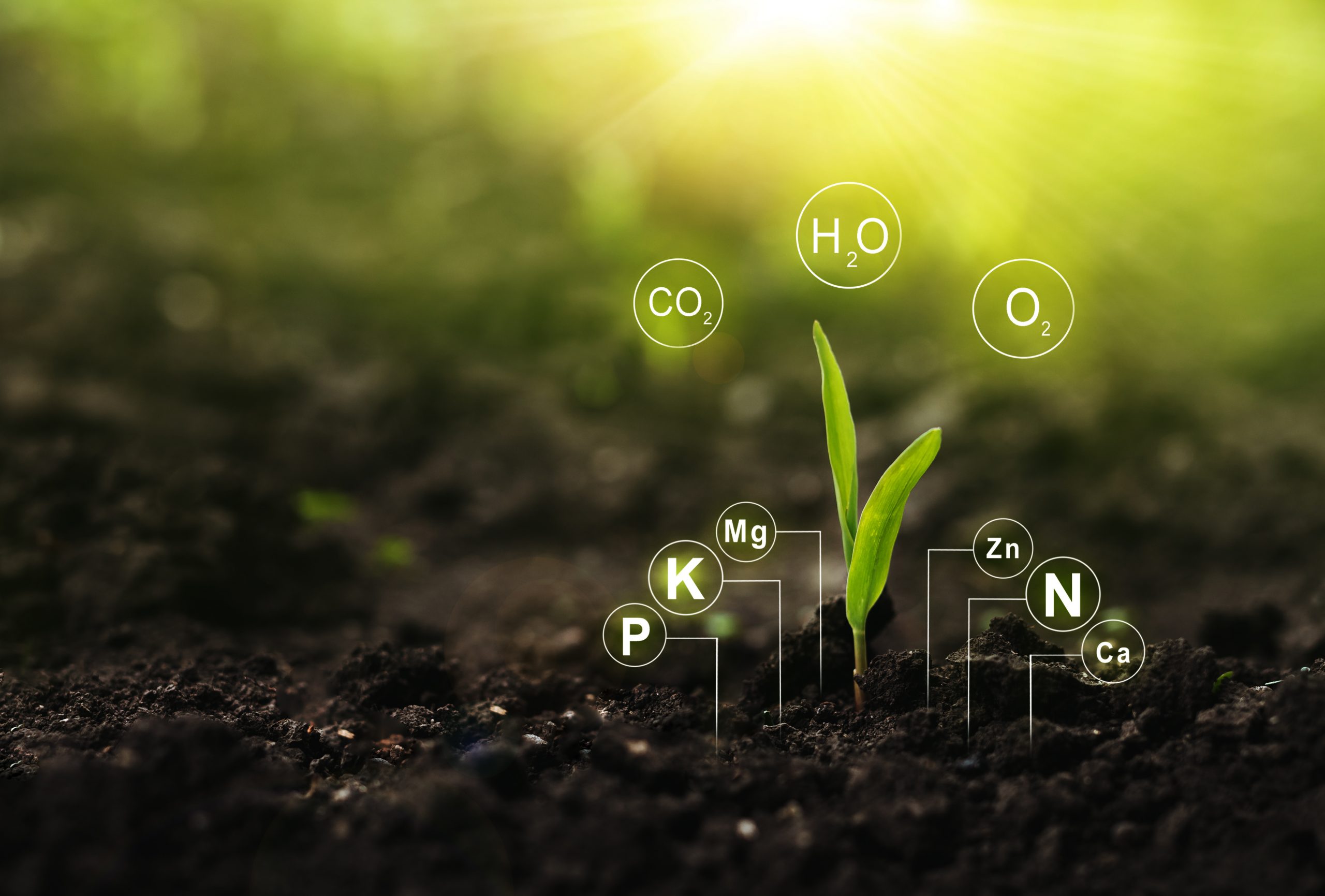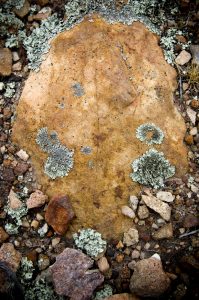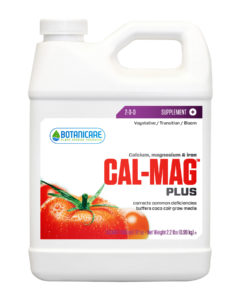Your marijuana plants need 18 essential nutrient elements, or they won’t thrive, in addition, to survive.
Through their roots, they intake oxygen and water, and carbonic acid gas from the air.
Your cannabis also needs light energy that has the intensity and appropriate wavelengths to grow big and healthy.
However, there are 14 lesser-known fertilizer elements your plants require. Your crop needs these essentials at the correct time within the right format at the correct ratios. Get them wrong and your cannabis will die or be anemic if it manages to survive in the slightest degree. If you nail them, you’ll have strong, thriving marijuana that’ll deliver beautiful highs and abundant yields.
Cannabis Life Essentials: Carbon, Hydrogen, Oxygen
Let’s start by viewing the basics: carbon, hydrogen, and oxygen. Your marijuana plants must have these elements so that they can engage in photosynthesis, the foundational process that builds carbohydrates your cannabis uses to provide energy.
These elements aren’t absorbed through fertilizers. Oxygen comes in through roots and leaf absorption. Hydrogen and oxygen are combined as water is taken in via roots; water is that the transport material that moves other elements into and thru your plants.
Ambient CO2, or CO2, is accessible from the atmosphere for your marijuana plants. Atmospheric CO2 is increasing, thus causing the atmospheric phenomenon, which heats the atmosphere and changes the world climate, resulting in ongoing natural disasters like the recent Hurricane Harvey.
Your marijuana plants benefit after you add CO2 to your sealed marijuana grow room. once you choose tank CO2, fermentation-produced CO2, otherwise you burn fossil fuels to supply CO2 in your grow room, the additional carbonic acid gas races photosynthesis, creating more plant energy for stronger growth and bigger yields.

What Fertilizers Should Deliver To Your Cannabis
There are 14 elements to be delivered to your cannabis plants via root-zone nutrients. They’re categorized as primary or macronutrients, secondary nutrients, and micronutrients, reflecting the relative importance each element has for your plants.
But don’t savvy twisted: these elements are crucial for your plants’ survival. They form the building blocks for your plants’ bodies and therefore the processes that keep your plants alive.
The three primary elements — nitrogen (N), phosphorus (P), and potassium (K) — are of paramount importance because your plants need larger amounts of those than the other element. Without these primary elements in proper ratios and amounts, your plants will develop serious problems and are likely to die.
Nitrogen is required for protein synthesis, photosynthesis, and therefore the production of amino acids and enzymes. Nitrogen deficiency is especially harmful to marijuana plants during the growth phase because it’s this substance that helps your plants build size and structure.
If you see leaves that are light green or yellow, or whose tips are dying off, you’re likely seeing a nitrogen deficiency. Other symptoms of nitrogen deficiency include slow growth and plants that are stunted in size. Lack of nitrogen in seedlings, transplants, and clones can prevent your marijuana from ever reaching its full potential.
Phosphorus is vital for bud production, strong roots, maintenance of healthy polymer (a.k.a RNA) and DNA, and for seed production. Phosphorus is beneficial for plants that have only a tiny low space for his or her roots, which is that the case in most indoor hydroponics grow ops and for plants like marijuana that grow rapidly during the primary few weeks of life.
If your plants have a phosphorus shortage, their leaves are also dark green, some stems and leaves may have a purplish tint, maturity and blooming are delayed, and buds are smaller.
Your cannabis uses potassium for processing carbohydrates and for building and maintaining strong roots, maintaining disease resistance, and forming flowers. Potassium is particularly important during the bloom phase. If you see older leaves yellowing or browning if you see slow growth, fragile stems, and stalks, or small buds, you may be seeing signs of potassium deficiency.
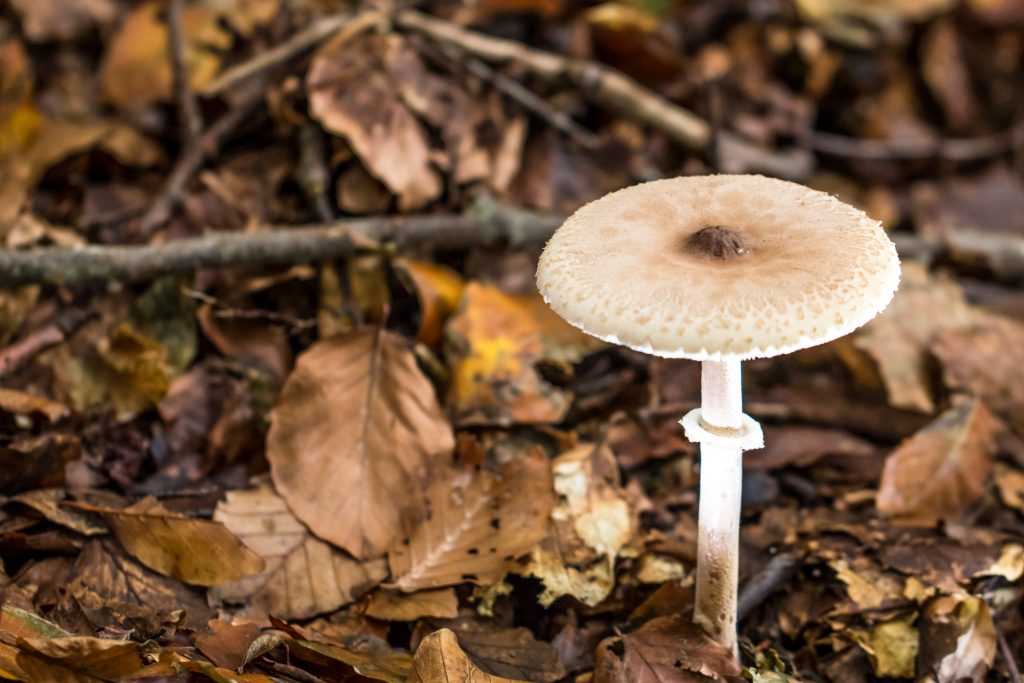
Secondary Nutrients Are Important, Too
Calcium, magnesium, and sulfur are considered secondary nutrients, but your marijuana plants need almost the maximum amount of those elements as they have nitrogen, phosphorus, and potassium.
Calcium (Ca) deficiency could be a frequent problem in cannabis gardens, especially during the bloom phase, because calcium is heavily invested in plants’ floral production.
Some growers have problems with calcium deficiency thanks to the root-zone medium they use. Coco coir, for example, has chemical properties that affect plants’ ability to soak up calcium. Calcium deficiency is seen when growing tips and root tips vanish, or plants have unnaturally dark-green foliage, flowers that rot or fail to mature, and weak stems or stalks.
Some hydroponics supplements pair calcium with magnesium (Mg), another secondary nutrient because these elements interact to energize one another. Magnesium is additionally an important element in the bloom phase that’s often undersupplied by most brands of hydroponics nutrients.
If you provide one without the opposite, your plants may suffer. Magnesium is very needed during the bloom phase, so as to balance the big amounts of potassium fed to your plants to spice up flower size and potency. It contributes to photosynthesis and therefore the creation of enzymes that activate and facilitate your plants’ metabolism. Symptoms of magnesium deficiency include leaves that curl upward along the perimeters, yellowing along the center vein of leaves and patterns of interveinal yellowing on older leaves.
Sulfur (S) is critical for terpenoid production and for the correct ripening of buds. It’s also needed for the production of several amino acids that fuel flower growth. If your plants are sulfur deficient, they’ll display slow and/or spindly growth, and an overall yellow or light-green color of younger leaves.
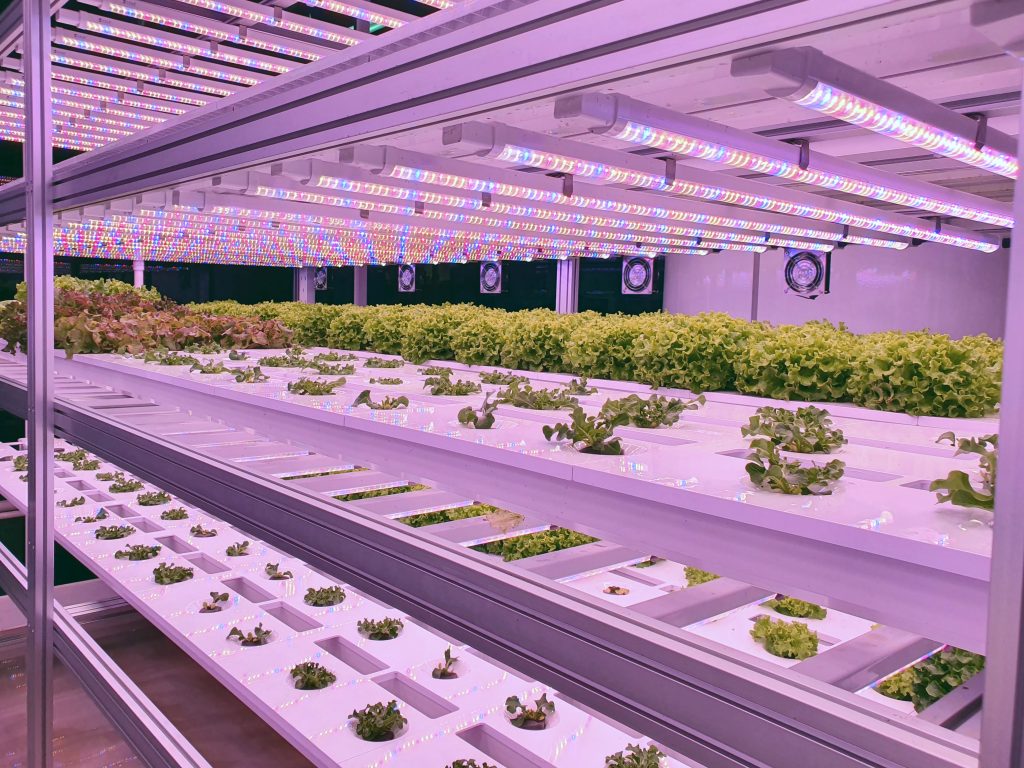
Micro Amounts, Macro Importance
Along with primary and secondary elements, your plants need eight other elements, which are classified as micronutrients. although your plants need small amounts of those elements, micronutrients are essential for vigorous growth and maximum yield. If any are missing to a big degree, it decreases your crop potential.
Of these micronutrients, iron (Fe) and zinc (Zn) are especially important for marijuana growers. Iron is employed in hydroponics formulas that revive crops after they’ve been damaged by heat, drought, disease, pests, and stress. Iron could be a catalyst for many of your plants’ metabolic processes.
Zinc is important for the production of an important plant phytohormone. A shortage of zinc may lead to die-off of terminal growing tips, yet as a discount within the number of budding sites, your plants put forth during the early bloom phase.
The other micronutrients — boron (B), molybdenum (Mo), manganese (Mn), copper (Cu), chlorine (Cl), and nickel (Ni) — are important for metabolic processes and also the overall health of your cannabis plants. Of these, nickel is required within the smallest amounts and was only recently added to the list of essential plant elements.
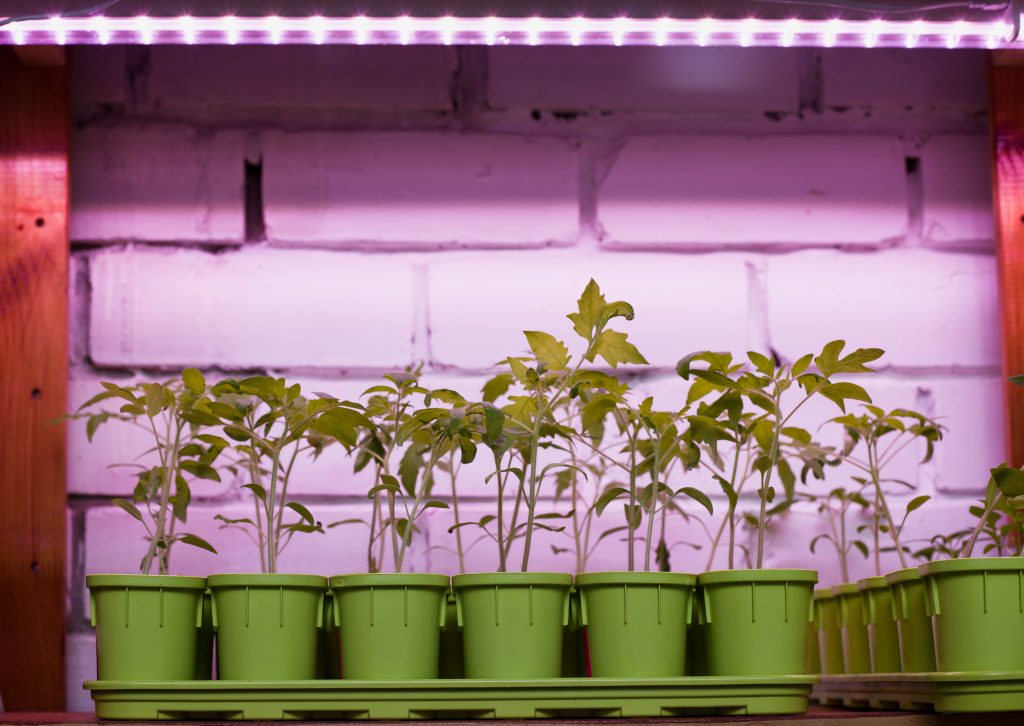
The Brand Of Fertilizer Makes a large Difference
Whether you’re using organic fertilizers or hydroponic nutrients, know that the majority of fertilizer brands are inadequate at providing the 14 elements in forms your marijuana plants can easily absorb.
Sad to say, most hydroponics base fertilizers have one or more elements within the wrong chemical form, so your cannabis struggles to soak up them. Or they contain incorrect ratios and amounts of elements, which further interferes with absorption. this will cause root-zone toxicity or plant-tissue toxicity.
Your marijuana roots need a particular pH range in order that they can absorb all elements properly. There are many factors that affect nutrients solution pH and root-zone pH. If pH goes even slightly off, some nutrients won’t be optimally absorbed, if at all. one among the largest causes of bad pH is that the nutrients themselves.
Marijuana growers see nutrients and pH problems and try to diagnose individual element deficiencies in an exceedingly soil-free hydroponics garden. this can be an inefficient use of your time and resources. In some cases, symptoms could also be caused by multiple deficiencies, or by toxicity created by over-fertilization.
The use of single-element additives to mend deficiencies is primarily a tool of doors farmers growing corn, soy, wheat, and vegetable crops. In hydroponics marijuana gardening, that approach is counterproductive, if not ruinous.
If your cannabis plants have a healthy environment and you’re using reverse osmosis water yet you’re still seeing nutrient issues, there’s a simple thanks to fixing the issues.
First, thoroughly flush your root zone with Flawless Finish or Enzymes Komplete or any flushing product you use.
Your marijuana plants need these 18 essentials if they’re visiting offer you the outcomes you expect. in an exceeding nutshell, that has much high-value light, fresh air, reverse osmosis water, and aerated oxygenated root zone, and hydroponics base nutrients and supplements made specifically for marijuana. That’s the formula for happy, healthy cannabis plants.

